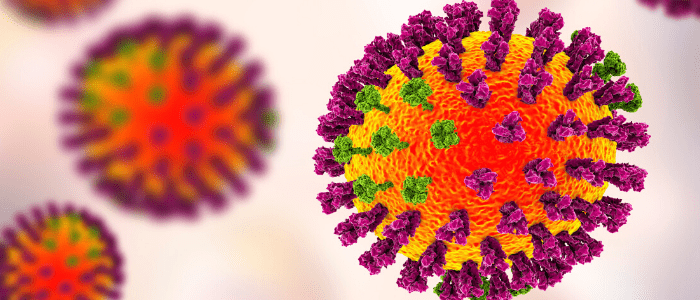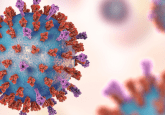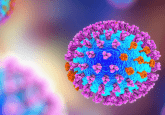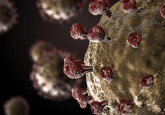Exploring the neurological symptoms of COVID-19

A study from the University of Cincinnati (OH, USA), in collaboration with the Universities of Brescia, Eastern Piedmont and Sassari (all Italy), has revealed that altered mental status and stroke are the most common neurological symptoms of COVID-19.
While there is still much more to uncover in relation to the neurological characteristics of the disease, the researchers hope that their findings, published in Radiology, could aid earlier interventions to recognize its onset.
“Studies have described the spectrum of chest imaging features of COVID-19, but only a few case reports have described COVID-19 associated neuroimaging findings,” commented Abdelkader Mahammedi (University of Cincinnati), lead author of the study.
To address this issue, researchers set out to investigate neurological symptoms and imaging features in patients from three institutions in Italy. This involved analyzing images from 725 patients hospitalized with COVID-19 between 29 February–4 April.
Of these patients, 108 (15%) had serious neurological symptoms and underwent brain or spine imaging. Most patients (99%) had brain CT scans, while 16% had head and neck CT imaging and 18% had MRI.
You might also like:
The researchers observed altered mental status and stroke to be the most common neurological symptoms, with over half (59%) of patients reporting an altered mental state and 31% experiencing stroke. Other neurological symptoms included headache (12%), seizure (9%) and dizziness (4%).
Of the 108 patients with serious neurological symptoms, 31 (29%) had no known past medical history. Ten of these patients experienced stroke and had two brain bleeds. The researchers observed no abnormalities on the brain CTs of 71 (66%) of these patients, out of which seven of them (35%) showed defects upon brain MRI scans.
The team also noted that altered mental status was more common in older adults.
“To date, this is the largest and first study in literature that characterizes the neurological symptoms and neuroimaging features in COVID-19 patients,” commented Mahammedi. “These newly discovered patterns could help doctors better and sooner recognize associations with COVID-19 and possibly provide earlier interventions.”
While these results shed light on certain neurological patterns associated with COVID-19, Mahammedi believes that there are other conditions to look out for:
“This topic definitely needs more research. Currently, we have a poor understanding of the neurological symptoms in COVID-19 patients, whether these are arising from critical illness or from direct central nervous system invasion of SARS-CoV-2. We hope further study on this subject will help in uncovering clues and providing better interventions for patients.”
Sources: Mahammedi A, Saba L, Vagal A et al. Imaging in neurological disease of hospitalized COVID-19 patients: an Italian multicenter retrospective observational study. Radiology doi:10.1148/radiol.2020201933; www.uc.edu/news/articles/2020/05/n20918450.html





